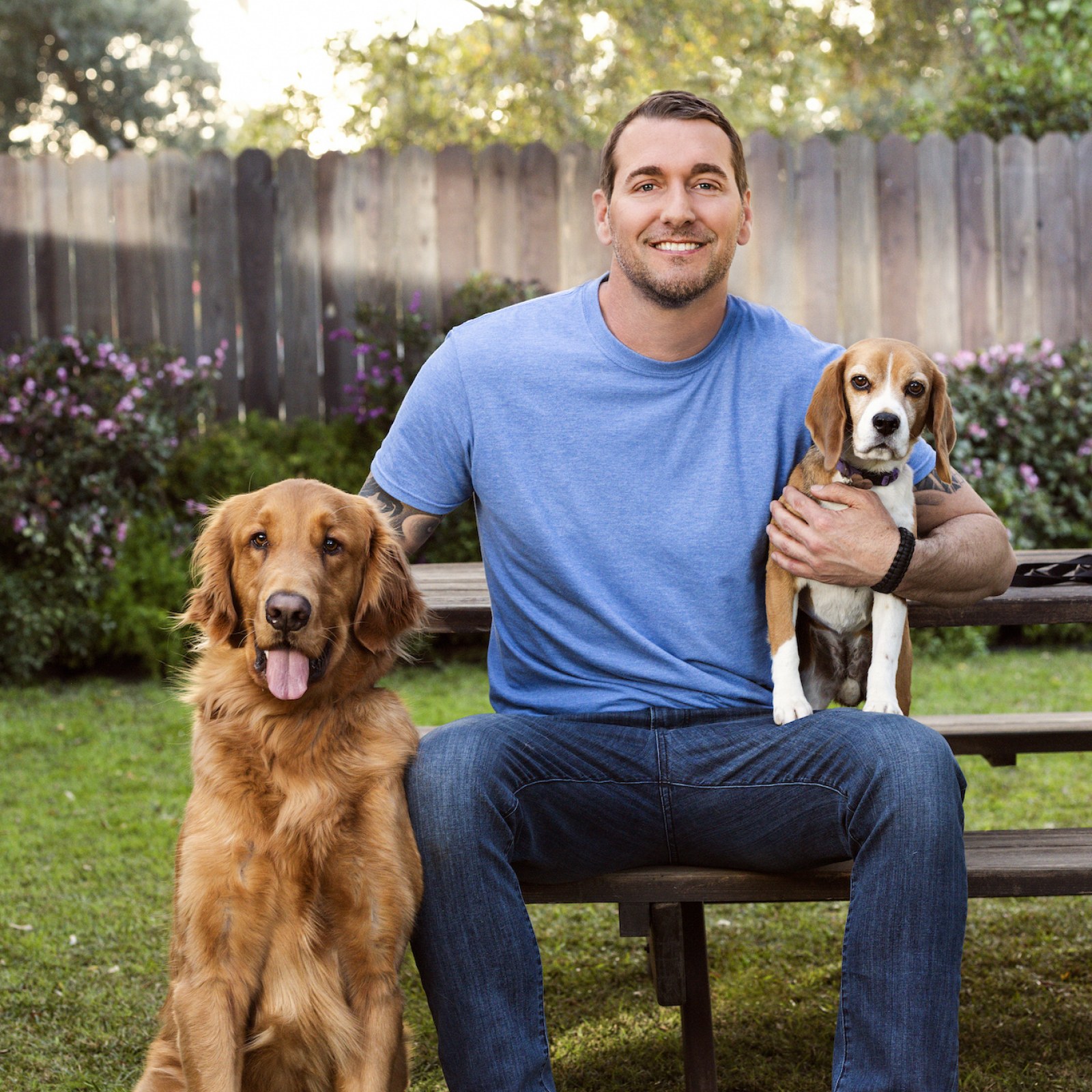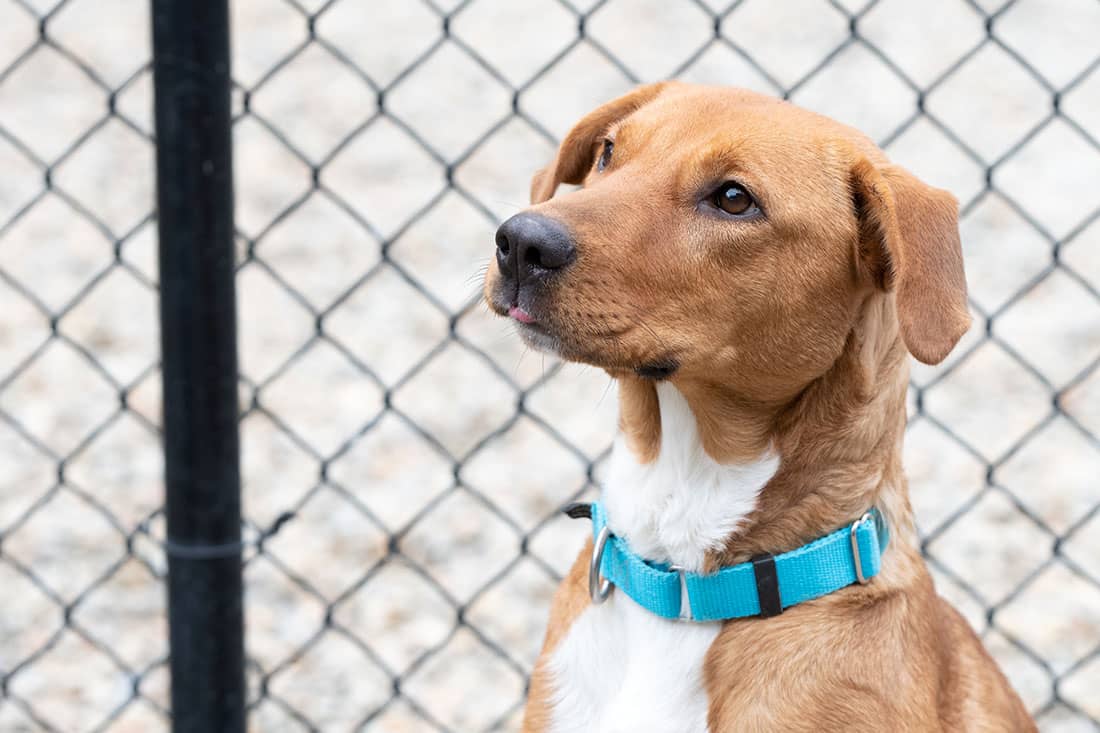Vital Tips for Effective Dog Training: An Overview for Family Pet Owners
Efficient dog training is a diverse procedure that calls for a critical technique tailored to both the pet's personality and the proprietor's purposes. Key components such as developing consistent commands, using favorable reinforcement, and facilitating early socialization play vital roles in promoting a well-adjusted canine companion. Lots of animal proprietors encounter obstacles that can prevent development, leading to frustration and unpredictability. Recognizing how to browse these barriers can significantly improve the training experience, inevitably changing the connection in between proprietor and pet dog. What are the vital techniques that can be used to guarantee success in this venture?
Understanding Canine Behavior
Comprehending canine actions is essential for reliable training and fostering an unified connection in between canines and their proprietors. Canines connect mainly with body movement, articulations, and activities, making it vital for owners to analyze these signals precisely. Acknowledging a canine's posture, tail setting, and ear positioning can offer understandings right into its emotion. A wagging tail does not constantly show joy; it can also indicate excitement or anxiety.

Socializing plays a significant function in pet dog habits; exposure to different settings, people, and other pets can significantly influence a pet dog's temperament. Moreover, factors such as type qualities and individual personality must guide training methods, as some breeds may have specific behavior traits that require tailored approaches. By understanding these aspects, proprietors can produce a helpful atmosphere that motivates positive habits, causing successful training results and a deeper bond with their pet dogs.
Developing Consistent Commands
Effective interaction with your canine begins with establishing regular commands. This fundamental aspect of training is important for promoting understanding in between you and your family pet. Uniformity in the commands you use makes certain that your dog can accurately associate specific words or phrases with the desired actions.
When picking commands, choose clear, unique words that are very easy to distinguish and say from each other. Stay clear of utilizing similar-sounding commands that may confuse your pet dog. Utilizing "sit" and "remain" is proper, yet "rest" and "struck" could lead to misconceptions.
Additionally, preserve the very same tone and volume for each command. Canines are delicate to singing signs, so varying your tone can develop complication.
It is equally vital to make certain that all relative are on the very same web page regarding the commands made use of. A united front in command use will certainly prevent blended signals and reinforce the discovering process.
Positive Reinforcement Techniques
The power of favorable support in dog training exists in its capability to motivate wanted habits through incentives and praise. This technique is grounded in the concept that behaviors adhered to by beneficial end results are most likely to be repeated. By incorporating positive reinforcement into your training regimen, you can efficiently form your pet's habits in a useful fashion.
To carry out positive support, it's necessary to determine what motivates your pet dog, whether it be deals with, toys, or verbal appreciation. When your canine carries out a wanted action, such as resting on command, promptly reward them with a reward or love. This association between the command and the favorable result enhances their understanding.
It's critical to timing the rewards correctly; providing the reinforcement within seconds of the preferred behavior assists your dog make the link (dog training). Additionally, consistency is essential-- guarantee that all family her comment is here participants utilize the same commands and reward systems to avoid confusion

Progressively, you can decrease the frequency of treats as your dog discovers the habits, transitioning to praise or recurring incentives. This technique not just cultivates a strong bond in between you and your pet but additionally promotes a favorable discovering environment, making training an enjoyable experience for both.
Socialization and Interaction
Constantly subjecting your dog to a variety of environments, individuals, and other animals is important for their social advancement. Socializing must begin early, ideally during the essential window of 3 to 14 weeks, when young puppies are most receptive to brand-new experiences. Older canines can likewise benefit from recurring socializing efforts.
Introduce your pet dog to different setups, such as parks, pet-friendly stores, and metropolitan locations. This exposure aids them adapt to various stimulations, minimizing anxiety and concern actions. Motivate favorable interactions with various other pets and people, guaranteeing that these experiences are controlled and risk-free to foster self-confidence.
Utilize organized playdates with well-mannered pet dogs, as this can boost your dog's social abilities and show them appropriate behavior. Obedience courses and training sessions additionally offer superb possibilities for socialization, permitting your pet dog to interact with others in a supervised environment.
Screen your pet dog's body language during communications, as this will help you determine their convenience level. Progressively raise direct exposure to even more tough situations while ensuring that each experience declares. A well-socialized pet is more probable to display balanced behavior, making them a happiness to have in any type of setup.
Addressing Common Training Obstacles
Every dog owner will experience training difficulties at some factor, despite their pet dog's age or socialization degree. Determining common issues such as stubbornness, diversions, and terror can aid in developing effective techniques for enhancement.

Diversions throughout training sessions can hinder emphasis. To fight this, begin training in a quiet setting with minimal stimulations. Gradually introduce diversions as the dog ends up being a lot more efficient in commands. read Short, frequent training sessions are additionally efficient in maintaining interest.
Fearfulness can prevent a canine's understanding process. Gradual desensitization to the resource of concern, coupled with favorable support, can assist alleviate anxiousness. Patience is essential; never require a pet dog into a scenario that causes distress, as this might aggravate the issue.
Ultimately, understanding and attending to these common obstacles with a structured method will promote a more productive training experience, reinforcing the bond between why not look here dog and owner while promoting effective knowing.
Verdict
In summary, effective pet training depends on a thorough understanding of canine habits, the facility of regular commands, and the application of favorable reinforcement strategies. Socialization plays an essential duty in establishing well-adjusted pets, while addressing typical training challenges calls for perseverance and flexibility. By implementing these important methods, pet owners can promote a strong bond with their pets and promote desirable habits, eventually leading to a harmonious partnership in between people and their canine companions.
Comprehending pet dog behavior is vital for reliable training and cultivating an unified relationship between dogs and their owners.Socialization plays a considerable function in canine habits; exposure to different settings, individuals, and other animals can considerably affect a canine's character.The power of positive support in pet dog training lies in its capacity to motivate desired actions via benefits and appreciation. By incorporating favorable reinforcement into your training regimen, you can effectively form your canine's actions in a positive way.
In recap, successful pet dog training relies on a detailed understanding of canine behavior, the establishment of consistent commands, and the application of positive support strategies.